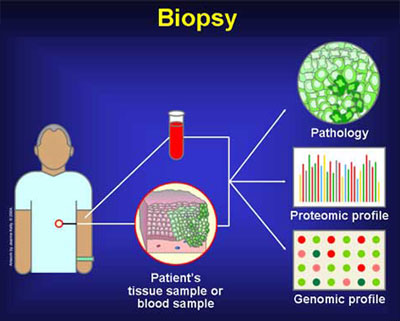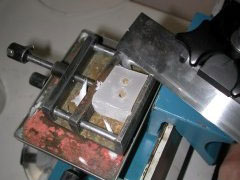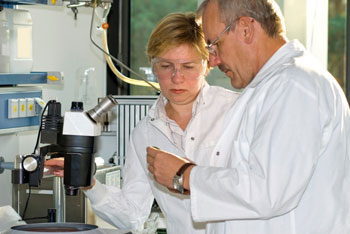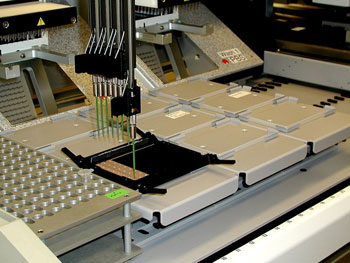If you want a second opinion, you may wish to contact the facility in advance to determine if this service is available, the cost, and shipping instructions.
Contact information for National Cancer Institute (NCI)-designated cancer centers can be found in the NCI-Designated Cancer Centers database available at:
http://www.cancer.gov/cancertopics/factsheet/NCI/cancer-centers.
Additional information about the AFIP is available on their website at http://www.afip.org.
CISN Tip:
Understanding your pathology report is difficult and not really necessary. But it is important to have a copy of it in your personal records as all next steps are based on this information.
We have included a lot of information here because some people may want to know the details.
And if you want even more technical information about your pathology report, please continue reading the last two questions and answers.
What might the pathology report say about the physical and chemical characteristics of the tissue?
After identifying the tissue as cancerous, the pathologist may perform additional tests to get more information about the tumor that cannot be determined by looking at the tissue with routine stains under a microscope.
The pathology report will include the results of these tests. For example, the pathology report may include information obtained from immunohistochemical stains (IHC). IHC uses antibodies to identify specific antigens on the surface of cancer cells.
IHC can often be used to determine:
- Where the cancer started,
- Distinguish among different cancer types: for example, carcinoma, melanoma, and lymphoma
- Help diagnose and classify leukemias and lymphomas.
The pathology report may also include the results of flow cytometry.
Flow cytometry is a method of measuring properties of cells in a sample, including:
- The number of cells,
- The percentage of live cells,
Cell size and shape
- Presence of tumor markers on the cell surface. (Tumor markers are substances produced by tumor cells or by other cells in the body in response to cancer or certain noncancerous conditions.)
- Flow cytometry can be used in the diagnosis, classification, and management of cancers such as acute leukemia, chronic lymphoproliferative disorders, and non-Hodgkin lymphoma.
What information about the genetics of the cells might be included in the pathology report?
Finally, the pathology report may include the results of molecular diagnostic and cytogenetic studies. Such studies investigate the presence or absence of malignant cells, and genetic or molecular abnormalities in specimens.
Cytogenetics uses tissue culture and specialized techniques to provide genetic information about cells, particularly genetic alterations. Some genetic alterations are markers or indicators of a specific cancer.
For example, the Philadelphia chromosome is associated with chronic myelogenous leukemia (CML). Some alterations can provide information about prognosis, which helps the doctor make treatment recommendations.
Some tests that might be performed on a tissue sample include the following:








